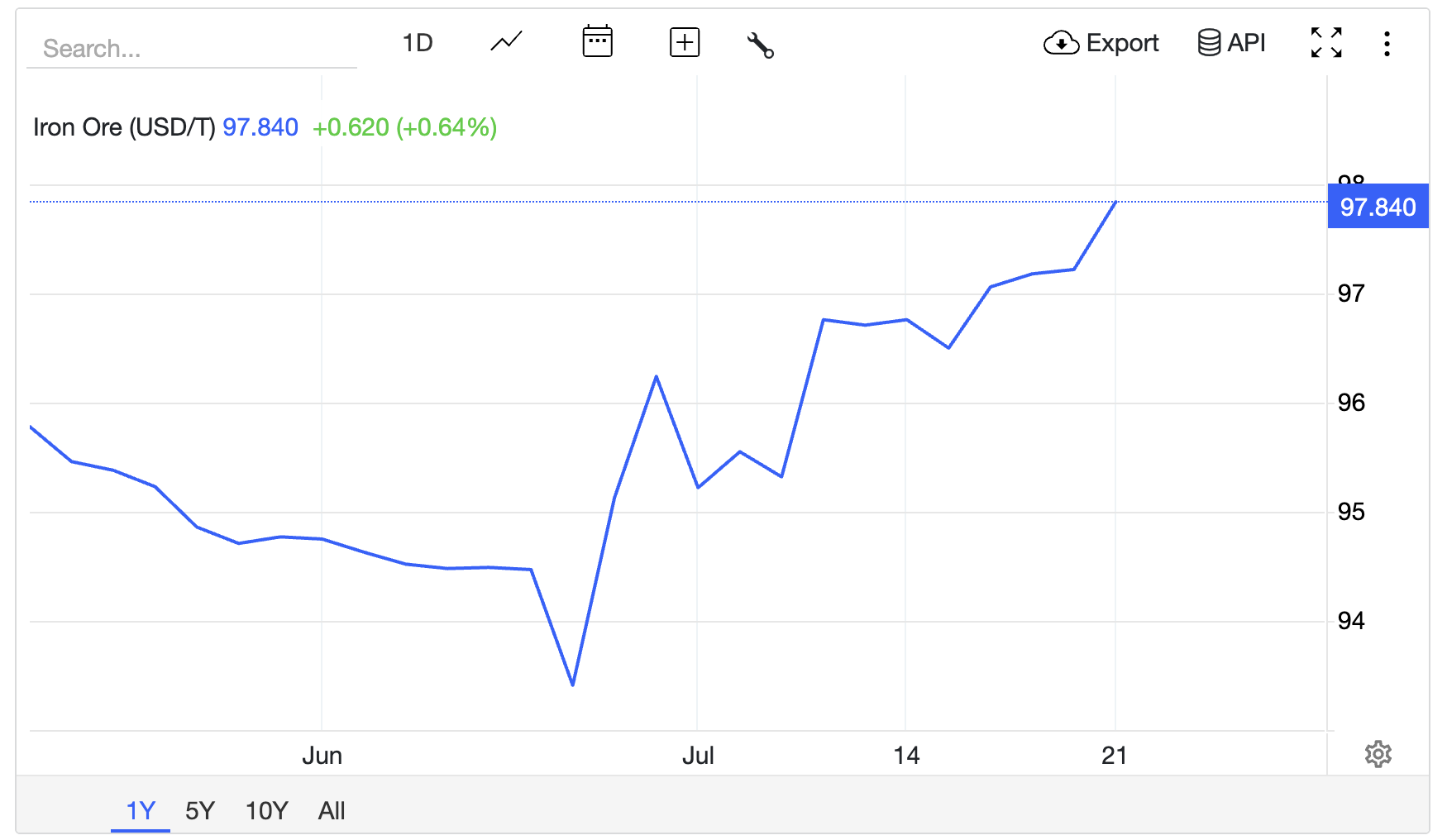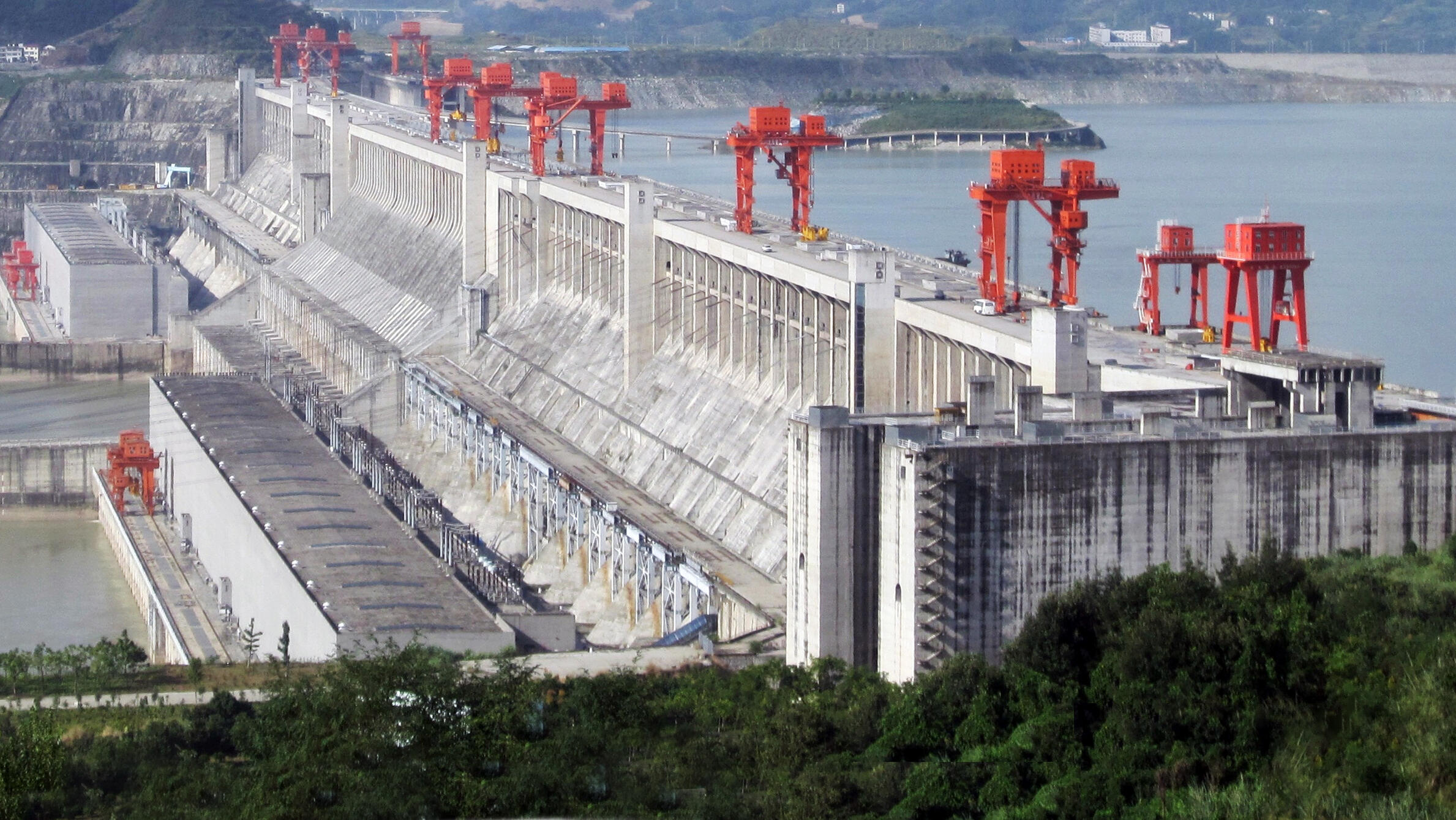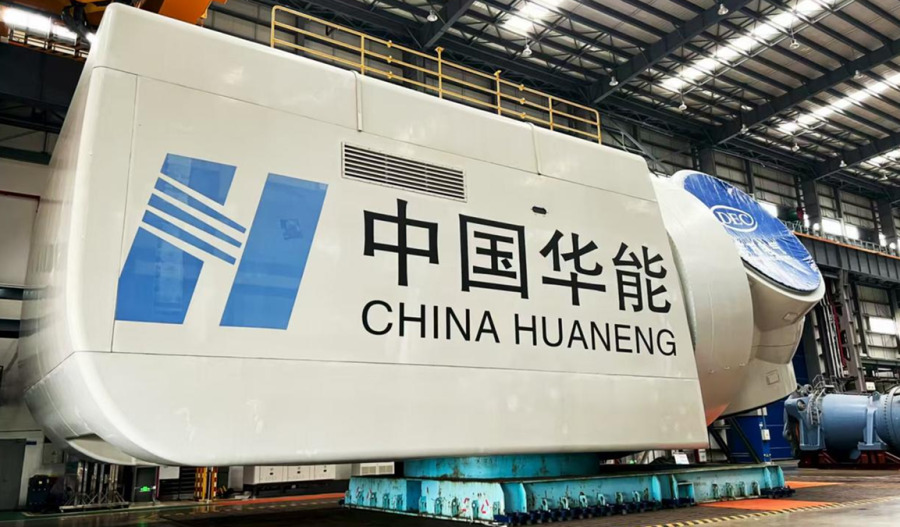Iron ore futures jumped to five-month highs as China launched the world's largest hydropower project, sending steel demand expectations soaring and reshaping commodity markets.
China's announcement of its $167 billion Tibet mega-dam has sparked the biggest iron ore rally in months, with futures climbing 2.9% to breach $104 per tonne on Monday.
The Yarlung Tsangpo project, unveiled by Premier Li Qiang during a groundbreaking ceremony in Nyingchi, will require three to four times more steel than the Three Gorges Dam - currently the world's largest hydroelectric facility.
Steel demand whips up commodities
The September iron ore contract on the Dalian Commodity Exchange peaked at ¥819 per tonne - the highest level since February 26th.
Coking coal futures jumped 7.88% whilst coke advanced 5.05% on expectations the scheme would consume unprecedented volumes of steelmaking inputs.
The newly established China Yajiang Group will oversee the construction of five cascade hydropower stations capable of generating 300 billion kilowatt-hours annually - equivalent to Britain's total electricity consumption.
China's CSI Construction & Engineering Index surged 4% to seven-month highs as Power Construction Corporation and Arcplus Group hit their daily trading limits.
Geopolitical dynamics
The Yarlung Tsangpo River becomes the Brahmaputra as it flows through India's Arunachal Pradesh, raising downstream concerns among neighbouring nations.
India has formally registered concerns with Beijing over potential impacts on water flow in border regions.
The initiative could boost China's GDP by 0.1 percentage points in its first construction year, according to Citigroup analysis of the 1.2 trillion yuan investment.

Cement manufacturer Xizang Tianlu and explosives producer Tibet GaoZheng both hit 10% daily limits as investors are positioned for infrastructure-driven growth throughout the 2030s operational timeline.
Whether this marks the beginning of a sustained commodities supercycle or merely reflects project-specific demand remains the trillion-yuan question facing global markets.



